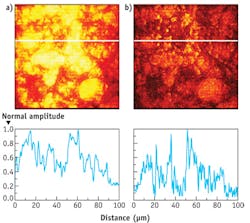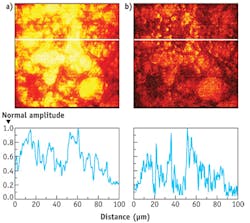RAMAN SPECTROSCOPY/ SINGLE-MOLECULE IMAGING: CARS modification eliminates background noise in single-molecule images
A new imaging approach called vibrational molecular interferometry (VMI)—a modification of coherent anti-Stokes Raman spectroscopy (CARS)—eliminates the background noise that can make it difficult to interpret CARS images, according to researchers at the University of Twente's MESA+ Institute for Nanotechnology (Enschede, The Netherlands), who developed it.1
CARS uses lasers to visualize single molecules without the use of fluorescent labels. The Dutch researchers use the energy levels inside the molecules as their starting point. This makes it easier to detect the signature of the target molecule, the researchers say, and it allows access to more information than ever before, including as accurate details of the substance's concentration.
1. E.T. Garbacik et al., Phys. Rev. Lett., doi:10.1103/PhysRevLett.107.253902 (2011).
More BioOptics World Current Issue Articles
More BioOptics World Archives Issue Articles

